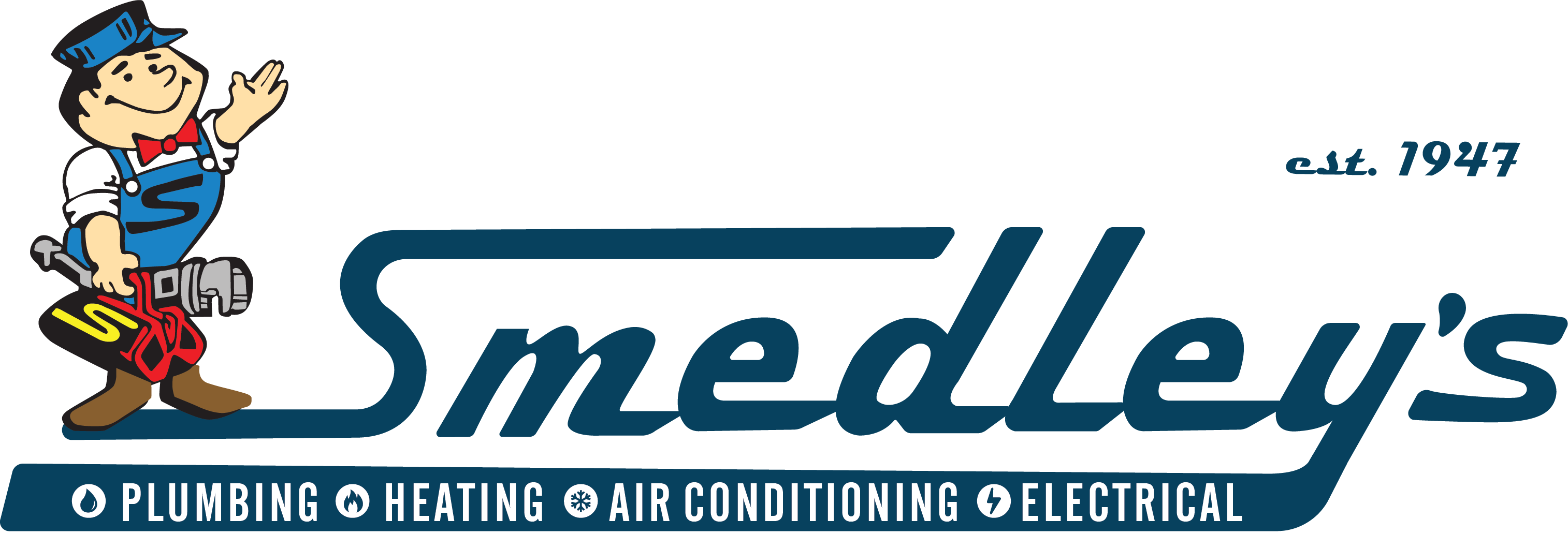It’s no secret that a brand new central air conditioner can come with a hefty price tag. In fact, it often drives many homeowners to wonder if they can save money by swapping out only half of the system. At first glance, replacing only the indoor air handler or outdoor condenser cabinet seems like a fiscally smart move. However, replacing only half of your central air conditioner is a penny-wise yet pound-foolish decision that often proves painful in more ways than one.
Your New Equipment May Not Work With Your Old Unit
If you decide to replace only half of your current air conditioning system, you may run into compatibility issues between your new and old equipment. For starters, your current air conditioner may rely on R-22 or Freon, a once common refrigerant that is currently being phased out due to its documented environmental impact on the ozone layer.
Newer systems typically use R-410a or Puron, an HCFC-free refrigerant with a much smaller environmental impact and higher efficiency. R-22 and R-410a are incompatible with one another, meaning that using either refrigerant in either system could result in catastrophic failure. Both refrigerants also rely on drastically different lubricants, and combining the two could also result in severe equipment damage.
A Partial Replacement Could Result in Worse Performance
Even if you manage to find a newer half that uses the same refrigerant as the older half of your air conditioning system, you may find the newer half of your A/C system is too efficient for the older half to handle. Today’s air conditioners are designed to maximize their energy efficiency in a way that could place a greater amount of stress and strain on your older A/C components.
Although the newer half of your air conditioner may be willing to perform at peak efficiency, the older half may be hard-pressed to keep up with the demands of the newer half. This can drag down your air conditioner’s overall performance and set the stage for premature wear and equipment failure.
A Partial Replacement Can Also Affect Your Warranty
Air conditioner manufacturers often require that both halves of an A/C system are properly matched and intact before honoring their equipment warranties. Partially replacing your air conditioner could potentially void the warranty on the new equipment you just bought, since your newer A/C equipment is designed to work in concert with its appropriate half.
The same also goes for the warranty on your older A/C equipment, in most cases. Without a valid warranty, you’ll end up footing the bill for any repairs that would normally be covered under your warranty.
You’ll Spend More Money in the Long Run
According to the most recent data from HomeAdvisor, it costs an average of $5,238 to purchase and install a brand-new air conditioner, with some homeowners spending $10,000 or more on their heating and cooling needs. Needless to say, buying a new air conditioner can be pretty expensive, which is why it can be tempting to replace only the half of your A/C system that’s in dire need of replacement.
However, the stress and strain exhibited by a mismatched central air conditioner can easily shorten your equipment’s overall lifespan. Not only will you end up replacing your air conditioner sooner, but you’ll be faced with the choice of spending more money on yet another partial replacement or a proper replacement of both halves.
Partially replaced A/C systems also tend to waste more energy than their properly matched counterparts. As a result, you could end up spending hundreds of dollars more on your energy bills if you replace only half of your A/C system, regardless of how efficient the newer half is.
If you want to learn more about the perils of partially replacing your air conditioning system, contact the experts at Smedley Service. We can also help you choose the right air conditioner for your home’s needs and take care of the installation process.




